What Should We do to Treat Endometriosis Pain?
Fertility Treatment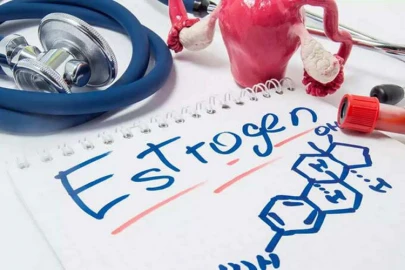
Endometriosis refers to the abnormal growth of uterine tissue outside the uterus. Usually, endometriosis grows on the pelvis, ovaries, fallopian tubes, bladder, small and large intestines, appendix, and the dividing wall of the anus and vagina. Endometriosis may also develop in cesarean surgery, laparoscopy, or laparotomy wounds.
Endometriosis Symptoms
The first and most common sign of endometriosis is pain in the pelvic area during menstrual bleeding. However, endometriosis also has other symptoms, such as:
- Abdominal pain during menstruation, urinating, and defecating;
- Pain during or after sexual intercourse;
- Pain in the lower back;
- Diarrhea, constipation, bloating, and nausea;
- Heavy or irregular menstrual bleeding;
- Extreme fatigue;
- Anemia due to severe bleeding and
- Infertility.
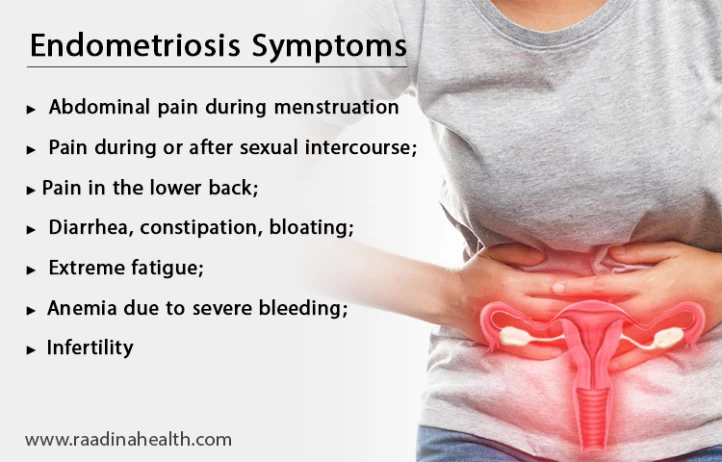
The primary and most troublesome consequence of endometriosis is infertility. It is estimated that 30 to 40% of women with this disease are infertile.
Diagnosis of Endometriosis
Diagnosing endometriosis is difficult but can be done by:
- Monitoring the symptoms
- Physical examination
- Transabdominal
- Transvaginal ultrasound
- MRI
However, the only reliable ways to diagnose endometriosis are laparoscopy and biopsy.
What are the Ways to Treat Endometriosis?
As the causes of endometriosis are not yet clearly known, no definitive treatment has been found. The endometriosis treatment options currently offered can only reduce the severity and progression of this disease to some extent.
There are three types of treatment for endometriosis: surgical procedures, taking medications, and having a proper diet. Depending on the endometrial tissue's location, size, and depth, the doctor chooses one of the following cures for endometriosis.
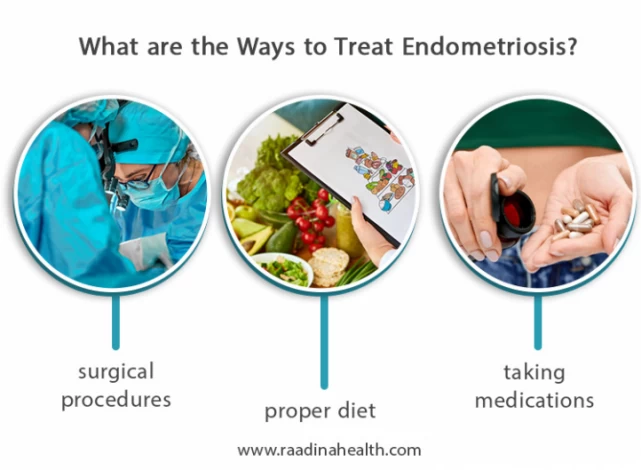
Endometriosis Treatment with Pain Medications
Non-steroidal anti-inflammatory drugs (NSAIDs) are painkillers that prevent the release of prostaglandins (a chemical responsible for pain) in the body. Pain medications should be taken a few days before menstruation to minimize pain and inflammation. Patients with endometriosis usually take over-the-counter painkillers such as ibuprofen and naproxen according to the manufacturer's instructions, but, in some cases, the patient should take higher doses under the supervision of her physician.
Based on the stage of endometriosis, the doctor will prescribe the best NSAID for the patient. Remember that taking, discontinuing, and changing the painkillers must be done with a doctor's opinion. Also, people with aspirin allergies, bronchial asthma, and nasal polyps should choose NSAIDs carefully because their bodies may react to them. Taking pain medications with plenty of water is recommended, and if you have digestive problems, you can take them with milk or food.
If the patient has stage 3 or 4 endometriosis, she should take NSAIDs and hormonal medications prescribed by her gynecologist.
Hormonal Treatment for Endometriosis
The goal of hormonal treatment for endometriosis is to suppress the symptoms of the disease by regulating the production of estrogen in the body. In hormone therapy for endometriosis, the following medications are used:
Combined oral contraceptive pill (birth control pill)
This kind of medication contains estrogen and progestin and suppresses the activity of endometriosis. The dose and duration of taking birth control pills depend on the severity of the endometriosis. Still, the patient usually takes these pills for three months to regulate her periods and lessen the pain.

Progestin-only pills
This medication suits people who do not respond to or are allergic to birth control pills. Progestins can reduce the inflammation in the pelvic cavity and shrink the endometrial tissue by regulating estrogen production in the body. Still, they cannot be used as an infertility treatment. Progestins also have side effects such as acne, bloating, dizziness, headache, nausea, spotting, irregular bleeding, breast tenderness, weight gain, etc.; however, these complications usually disappear soon after treatment.
Danazol
This medication can also suppress endometrial tissue and stop its growth. Danazol is, in fact, a synthetic androgen, a hormone produced by men's testicles, so it has some unpleasant side effects, such as increased body hair, weight gain, liver injury, and acne.
However, this hormonal medication can highly eliminate the symptoms of endometriosis and reduce your pain. It is worth mentioning that women with heart or liver diseases, high blood pressure, and kidney disorders should avoid danazol. Also, patients who want to get pregnant shortly should reconsider taking danazol because it will stop their ovulation and menstruation for months.
GnRH agonists
This hormonal medication controls the menstrual cycle and reduces the symptoms and pains of endometriosis by preventing estrogen production; however, it is not considered a treatment for endometriosis-based infertility. GnRH agonists are in two forms: injections (daily, monthly, and three-monthly) and nasal spray.
In most cases, the patient should take this medication for three to six months, but some patients should take it for up to 12 months. Like other hormonal treatments for endometriosis, GnRH agonists have possible complications such as insomnia, headache, dizziness, vaginal dryness, breast tenderness, depression, bone thinning, etc.
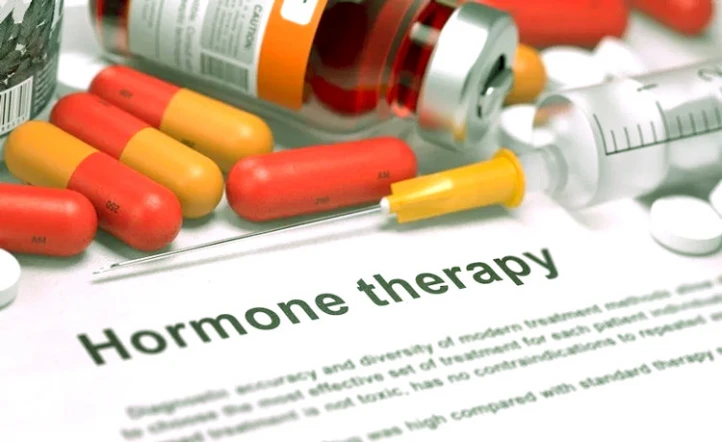
Aromatase inhibitors (Endocrine therapy)
Aromatase is an enzyme responsible for producing estrogen and transforming testosterone into estradiol. This enzyme is mainly found in testes, ovaries, fat, skin, brain, and endometrial tissues. Since Aromatase helps the endometrial tissue to grow, Aromatase Inhibitors are prescribed for patients with endometriosis to minimize their symptoms, inflammation, and pelvic pain.
Usually, aromatase inhibitors are taken along with other medications, such as birth control pills or GnRH agonists, in order not to form ovarian cysts. Moreover, since this medication can reduce the patient's bone mass, it is recommended to take calcium supplements, vitamin D, and bisphosphonate.
Surgical Treatment for Endometriosis
If the patient does not respond to hormonal medications, she should undergo endometriosis removal surgery. The type of surgical treatment for endometriosis depends on several factors, such as:
- The desire of the patient to get pregnant in the future;
- The patient's history of pregnancy and miscarriage;
- The severity (stage) of the endometriosis and
- The symptoms of the patient.
There are three types of surgical treatments for endometriosis: laparoscopy, hysterectomy, and laparotomy. In the following, these surgical methods are introduced in detail.
Laparoscopy for Endometriosis
Laparoscopy or conservative surgery has been the best endometriosis treatment method so far. It is a non-invasive surgery suitable for women who do not respond to hormonal treatments and have severe pain in the pelvic area due to endometriosis. Also, endometriosis laparoscopic surgery is suitable for women who want to become pregnant in the future because in this surgery, the reproductive organs are preserved, and only the endometrial tissue is removed.
Before undergoing laparoscopy:
- Ask someone to be your caregiver for 48 hours;
- Do not eat or drink for 10 hours;
- Do not smoke or drink alcohol for three days;
- Take a shower on the day of the surgery because you cannot bathe for 48 hours after the operation;
- Take the prescribed medications on time and
- Inform your doctor about your allergies.
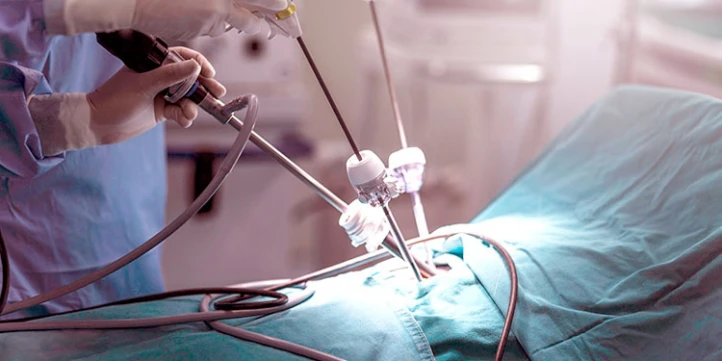
During laparoscopy for endometriosis, done under general anesthesia, the surgeon first makes a small incision in the patient's abdomen, usually near or in the navel, to minimize the scarring. Then, they fill the abdomen with carbon dioxide gas for a more vivid image of the pelvic area. Suppose the laparoscopy is done to diagnose endometriosis. In that case, the surgeon removes a part of the lesion for biopsy. Still, if the surgery is done as a treatment, the surgeon removes or burns the whole endometrial tissue (cystectomy) using laparoscopic surgical tools.
Except for the side effects of anesthesia, laparoscopy for endometriosis has some other complications such as vaginal bleeding, mild pain in the incision site, infection, scarring, damage to the bowel or bladder, hernia, pain in the pelvic and lower back, etc.
The good news is that the full recovery from laparoscopy will take up to six weeks, although most patients can return to everyday life after four weeks. During this period, take a lot of rest and avoid strenuous activities.
Laparotomy for Endometriosis
Laparotomy or open surgery is major surgery and is done under general anesthesia. In laparotomy, the surgeon makes a large incision on the abdomen to have more access to the endometrial tissue. Since this surgery is excruciating and has a long recovery period, many patients and surgeons prefer not to use it nowadays.
Hysterectomy for Endometriosis
Hysterectomy surgery is the last option for treating endometriosis. In this operation, the endometrial tissue is removed, the uterus and ovaries are removed, and the woman is infertile for the rest of her life. Hysterectomy is mainly done for women with heavy menstrual bleeding, fallopian tube cancer, severe inflammation and pain in the pelvic area, cervix or ovarian cancer, prolapsed uterus, and endometrial cancer.
Hysterectomy may be performed abdominally, laparoscopically, or vaginally. In general, there are three types of hysterectomy:
- Partial hysterectomy: In this procedure, also known as supracervical hysterectomy (SH), the uterus and endometrial tissue are removed, but the cervix is preserved.
- Total hysterectomy: In this type of surgery, the endometrial tissue, uterus, ovaries, and cervix are all removed.
- Salpingo-oophorectomy: In this operation, either a) the uterus and one ovary and one fallopian tube are removed, or b) the uterus and both ovaries and fallopian tubes are removed along with the endometrial tissue.
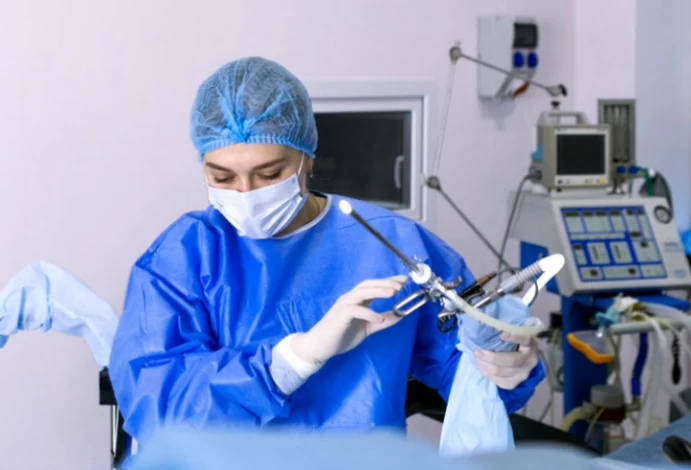
If you have had a vaginal or laparoscopic hysterectomy, you will recover in three to four weeks. People with an abdominal hysterectomy usually need more time to recover fully. During recovery, do not lift, push, or pull heavy objects, avoid sexual intercourse, avoid bending and sudden movements, and have a healthy fiber-rich diet.
In %85 of women who undergo hysterectomy, the endometrial lesion will not grow back, and their pain will be relieved forever. However, this operation has some side effects, including damage to the bladder, intestine, and blood vessels, vaginal dryness, reduction in sex drive, pain during sexual intercourse, insomnia, chronic constipation, night sweats, and, most importantly, infertility.
Who Needs Endometriosis Surgery?
Your doctor's discretion and health condition determine whether you need endometriosis surgery. In general, endometriosis surgery is recommended for people with the following problems:
- Having severe and chronic pain in the pelvic and lower abdomen;
- Painkillers and other medications do not reduce the endometriosis symptoms any longer;
- Having fertility problems for more than a year due to endometriosis;
- Cysts and adhesions have aggravated the endometriosis tissue;
- The tissue has developed so widely that it can only be removed through surgery.
Which Endometriosis Treatment Should I Have?
Choosing the best endometriosis treatment is challenging as this disease comes in different stages and has various symptoms. Depending on whether you want to get pregnant in the future or not, your age, your general health condition, and the location and stage of endometriosis, your doctor may choose hormonal treatment or surgical one.
So far, laparoscopy has proved to be the most effective and low-risk treatment for endometriosis, as it completely removes the damaging tissue and alleviates the symptoms.
Endometriosis Diet
A balanced diet is an undeniable necessity for everyone to stay healthy. However, some foods have a direct impact on the treatment of endometriosis. It is recommended that women with endometriosis:
- Reduce red meat intake;
- Avoid fatty foods and increase the intake of omega-3 fats (found in fish);
- Add more fruits and vegetables to their diet;
- Avoid drinking alcoholic and caffeinated beverages;
- Avoid having processed foods and leftovers;
- Eat plenty of whole grains;
- Avoid having fast foods as much as possible;
- Add plant-based proteins to their diet, and
- Avoid foods that irritate their digestive system, such as spicy ones.
Can You Get Pregnant after Endometriosis Surgery?
If the cause of female infertility is endometriosis, removing it surgically or treating it with hormonal medications can greatly improve infertility. More than 70% of women with stage I and II endometriosis achieve pregnancy after endometriosis surgery, whether in a natural way or through IVF. Remember that if you have not conceived within a specific period after endometriosis surgery, having it for the second time will not make much difference.
Conclusion
As mentioned, there is no definitive treatment for endometriosis, but this does not mean it can hurt your daily activities. You can control and treat this problem with the methods mentioned above. Raadina Health team will provide you with consultations to choose the best gynecologist in Iran. A quick diagnosis will help you prevent this disease's growth and development. In this case, disease management becomes a little easier.
1. What are the first-line treatments for endometriosis pain?
First-line endometriosis treatments often include over-the-counter pain relievers like NSAIDs (e.g., ibuprofen) and hormonal therapies such as birth control pills, patches, or hormonal IUDs to manage symptoms.
2. Are there non-medical treatments available for endometriosis pain?
Non-medical treatments for endometriosis can include physical therapy, acupuncture, dietary changes, exercise, and stress management techniques like yoga or meditation.
3. When should I consider surgery to treat endometriosis?
Surgery may be an option for treating endometriosis if pain is severe and not relieved by other treatments, if there are large endometriomas (cysts), or if there are concerns about fertility.
4. How effective are hormonal therapies in treating endometriosis pain?
Hormonal therapies can be very effective in reducing or eliminating pain for many patients by suppressing menstruation and reducing estrogen levels, which can help shrink endometrial tissue.
5. Can lifestyle changes help manage endometriosis pain?
Healthy lifestyle behaviors such as following a healthy diet, getting regular exercise, managing stress, and avoiding alcohol and caffeine can help treat endometriosis symptoms.

 WhatsApp
WhatsApp
 Telegram
Telegram
 Facebook
Facebook
 Email
Email

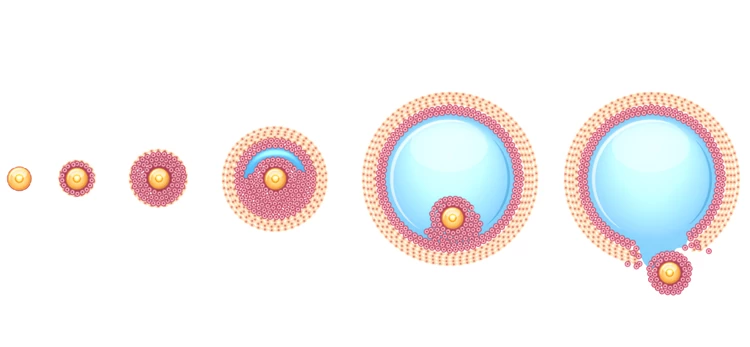
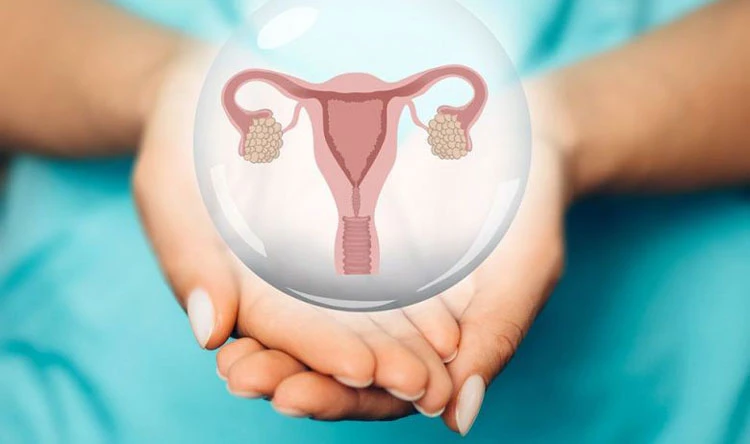

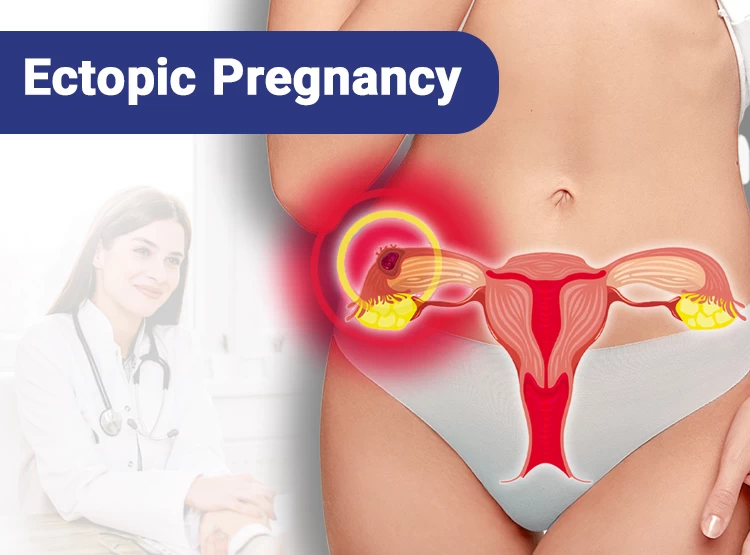

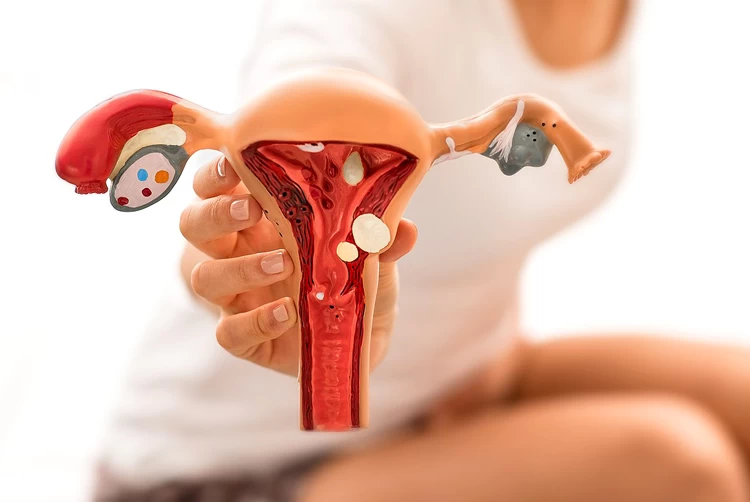

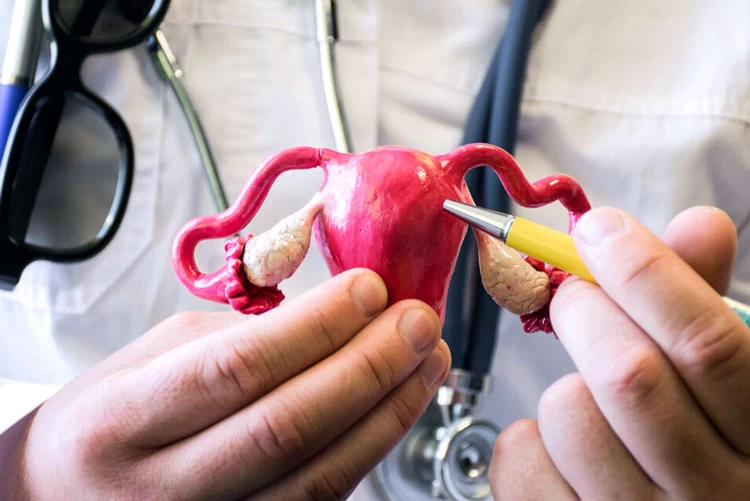




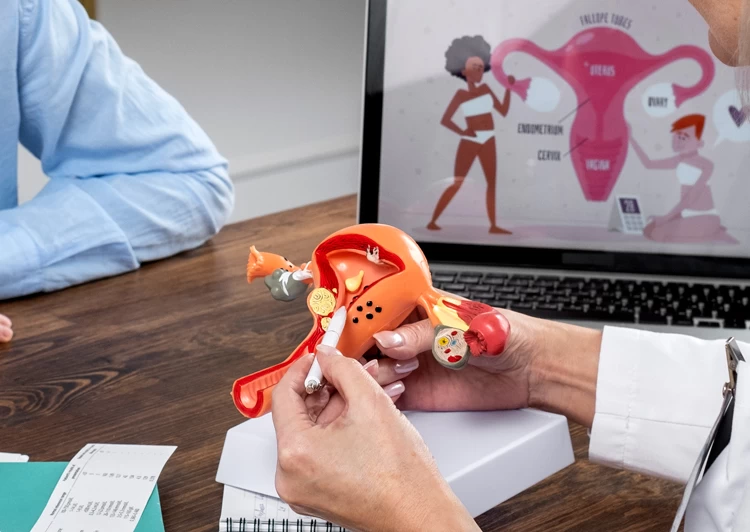
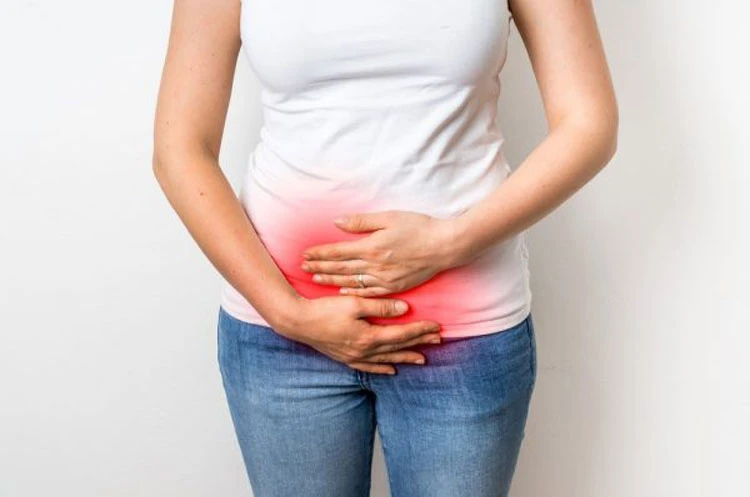


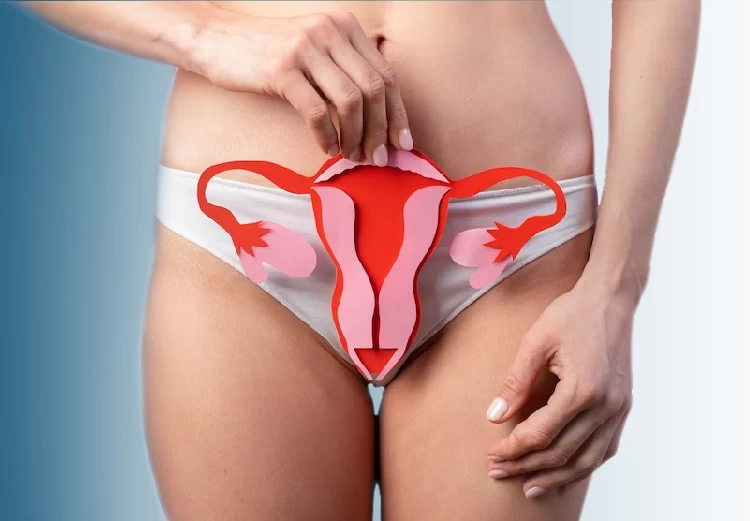
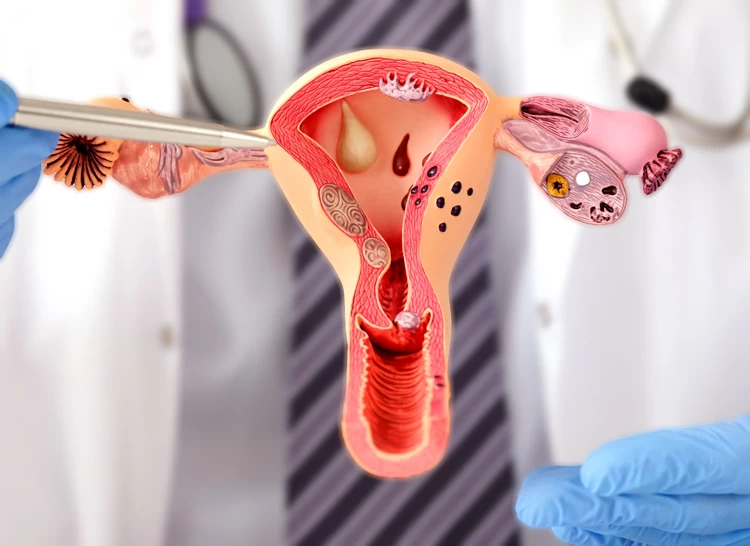


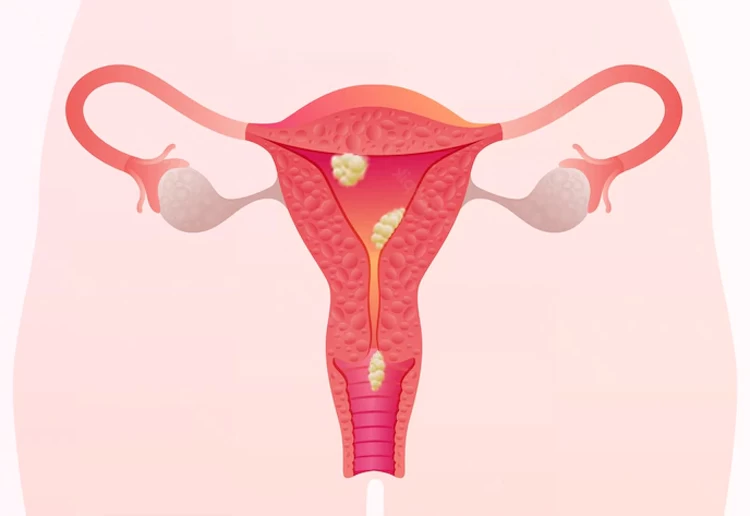

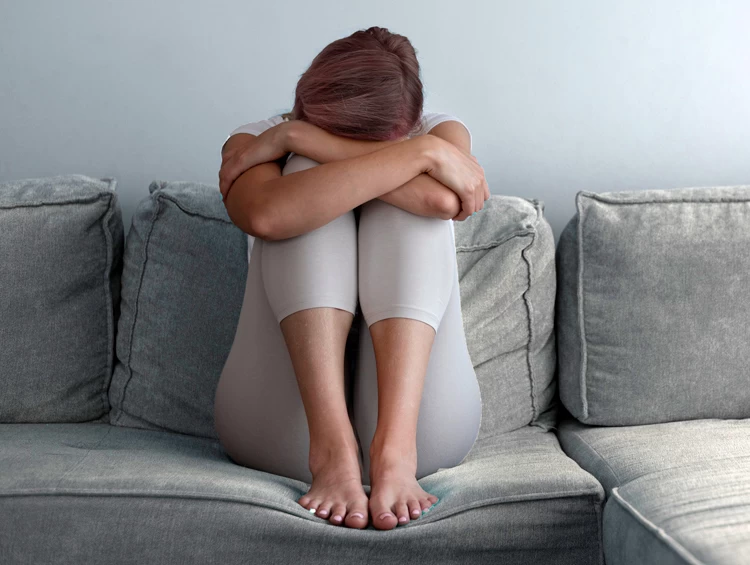

No reviews
Your comment